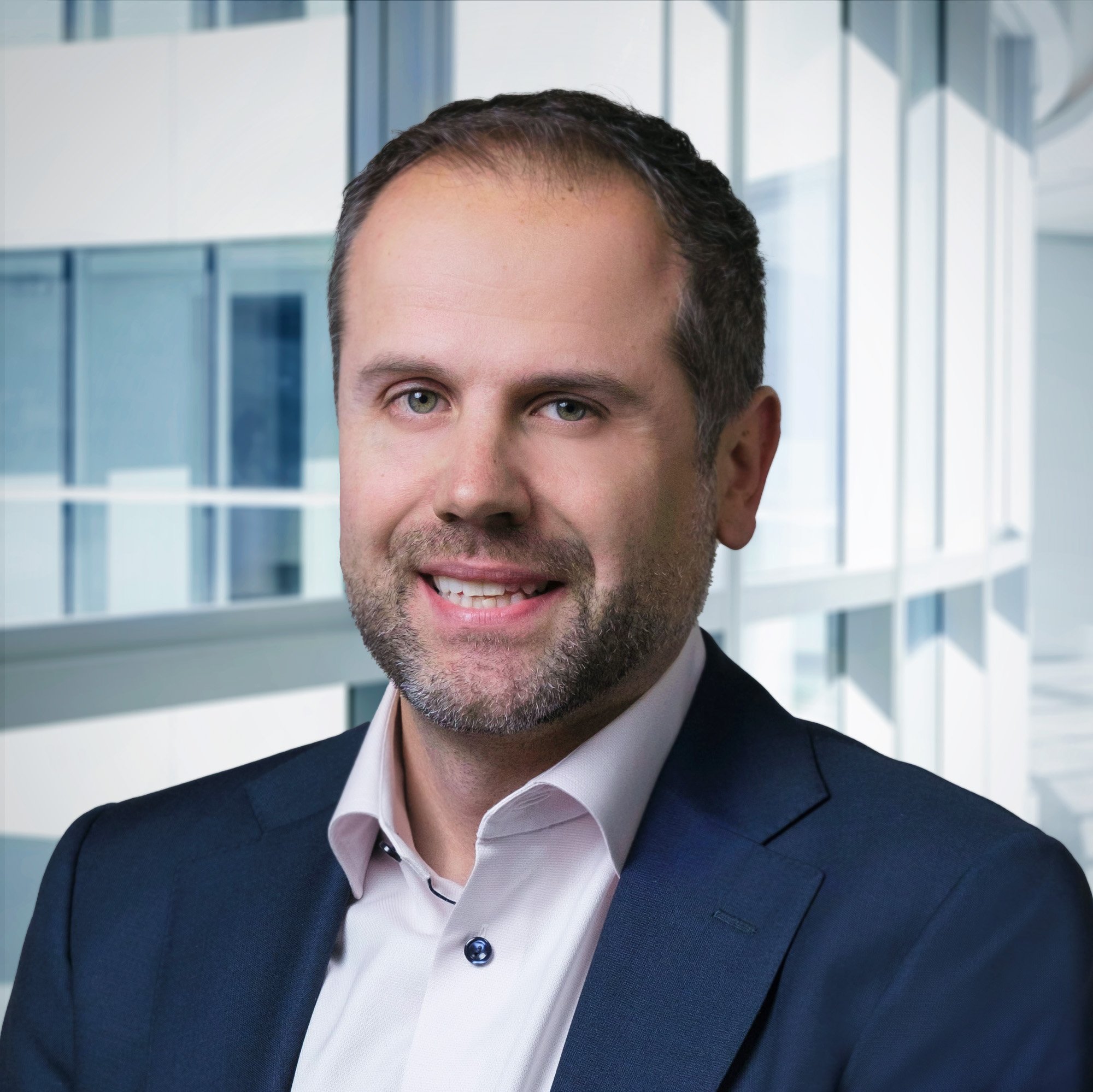New Table Stakes in Group Insurance
How to break free from the past and embrace a brighter future for employee benefits
When insurance solutions become outdated and no longer reflect the needs of the employees they’re designed to serve, it’s time to shake up the status quo and shift to a fresh and forward-thinking approach.
The theme of the 2023 Knowledge Bureau’s Distinguished Advisor Conference (DAC Acuity) in Banff, Alberta, was ‘Imagine! Break Free to Embrace Transformative Change.’ AGA’s Massimo Nini, Vice President, Consulting, Underwriting & Actuarial, and Dan Fortuna, Director, Western Canada, were among the presenters. Massimo and Dan gave a talk entitled ‘New Table Stakes in Group Insurance,’ during which they outlined several models and strategies to help drive change in an industry that is notoriously slow to evolve.
In this article, both speakers share the key takeaways from their talk, which covered a range of important topics including how to support and improve employee health and wellbeing, how to balance traditional group benefits with ancillary products, and the importance of diversity, equity & inclusion in the context of employee benefits plans.
You talked during the presentation about the importance of taking a comprehensive view of employee health. Can you elaborate?
Massimo Nini (MN): When we think about health, it’s far too easy to fall into the trap of making an assessment based on an individual’s physical health. But mental, social and financial health play an equally important role in a person’s overall wellbeing. Statistics show that mental health is now the most frequently diagnosed chronic illness in Canada. It is so important for group benefits plans to reflect this and to take employees’ complete health pictures and needs into account.
You touched on the fact that health is a continuum that is different for everyone. What does that mean in the context of group insurance?
Dan Fortuna (DF): Employers must keep in mind that employees are spread along a health continuum. Health changes and evolves as we age and according to our life circumstances. Some people will be enjoying optimal physical, mental and financial health, while others may be struggling on different fronts. To properly support employee wellbeing, all phases of the continuum need to be considered in benefits programs. Mismanaging or misunderstanding employee health comes with a cost—both for employees and for business.
Given that health is a continuum, is it possible to create a benefits plan that covers everyone?
MN: As Dan shared, employees have very different needs and claims patterns. And the size of a company plays a huge role in terms of the employee benefits they’re able to offer. Many organizations offer a traditional benefit plans (one-size-fits-all solution), which inevitably leaves some employees behind. Cafeteria plans, which allow employees to choose the coverage that best suits them and the stage of life they’re in, are complex to administer and may not be realistic for smaller companies. The best solution for most organizations generally falls somewhere in the middle. A modular program provides a few pre-determined options and is generally sufficient to meet most needs.
Besides rethinking the kind of plan they offer, how else can employers support the physical, mental and financial health of their employees?
MN: There are a number of products and services available to employers. I call it the Health Improvement Toolbox. It includes several staples such as employee assistance programs and virtual health, but also some services that are often overlooked, like effective substance abuse programs or preventative health assessments.
Another strategy you outlined to better support employee health is for employers to rethink how benefits funds are allocated. What does this involve?
MN: When we look at groups in AGA’s portfolio, we typically see that group insurance costs represent 5-6% of payroll. Two thirds of those costs are allocated to health and dental while the remaining third goes to disability and life benefits. But in order to offer comprehensive coverage and fully support employers, things like ancillary products, wellness and diversity, equity and inclusion (DEI) must be considered.
Why is DEI important in the context of group insurance?
DF: Applying Diversity, Equity, and Inclusion (DEI) principles is crucial to every aspect of business, from attracting and retaining talent to productivity and profitability. In the context of group insurance, there are practical measures employers can put in place to make sure all employees and their diverse needs are recognized and supported.
What are some of the concrete measures employers can put in place for their employee benefits?
DF: They should make sure their benefits plans provide adequate coverage for things like mental health, obesity medication, fertility drugs, childcare and eldercare expenses, and culturally specific treatments and medicines. They should also regularly review, and revise where necessary, the way benefits plans are written, from using inclusive language to gender affirmation. And from there, it’s important to educate all stakeholders and raise awareness, to train managers, to show that DEI is a priority, and to consistently measure progress, among other things.
What else can employers do to break free from traditional benefits models and embrace real change?
MN: Dan gave some great examples when it comes to DEI. Another good example is the TPA (Third Party Administrator) model. Many organizations shy away from dealing with external providers for logistical reasons, but the TPA model comes with a number of benefits. In a typical model, organizations deal directly with the carriers, which means they are responsible for updating multiple sites, sharing data and handling multiple invoices. In the TPA model, the third party takes care of these things. Current census data and claims experience are also readily available under the TPA model. Plus, employers of every size can benefit from preferred agreements on different products.
AGA +PLUS serves as a TPA for various organizations. Can you walk us through how it works and the benefits for members?
MN: AGA +PLUS is an innovative group insurance service provided by AGA that allows employers to offer more to their employees while controlling costs. It allows organizations to centralize all things benefits-related on a single platform (claims submissions, wellness initiatives, ancillary products, etc.), which simplifies the process for employees and makes it easier for employees to understand and access the full range of benefits available to them.
What is the return on investment for optimizing group insurance models and prioritizing employee health and wellness?
DF: For the past three years, Manulife has conducted a study focused on the impact of employee health on productivity in Canada, summarizing its findings in its 2020-2021-2022 Wellness Reports. One part of the study that really struck me is the number of days that are lost each year as a result of absenteeism and presenteeism. The findings show an average of six to seven weeks are lost per employee every year, which represents roughly $10,000 a year per employee. That’s an astounding number and clearly shows how important it is to invest in wellness initiatives. Across industries and across every aspect of business, employers have so much to gain by properly supporting their employees.
As experts in employee benefits, AGA is always on top of the latest trends and issues. AGA is always eager to share its experience with the business community in order to take care of people, differently. Contact your AGA advisor to strategize about your employee benefits programs.







